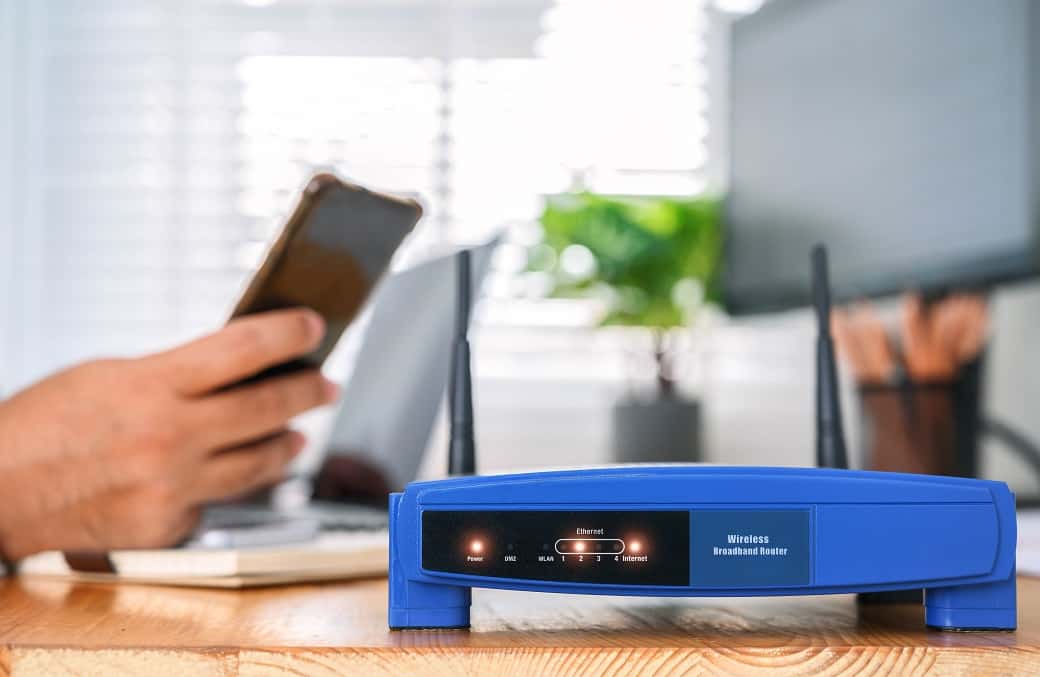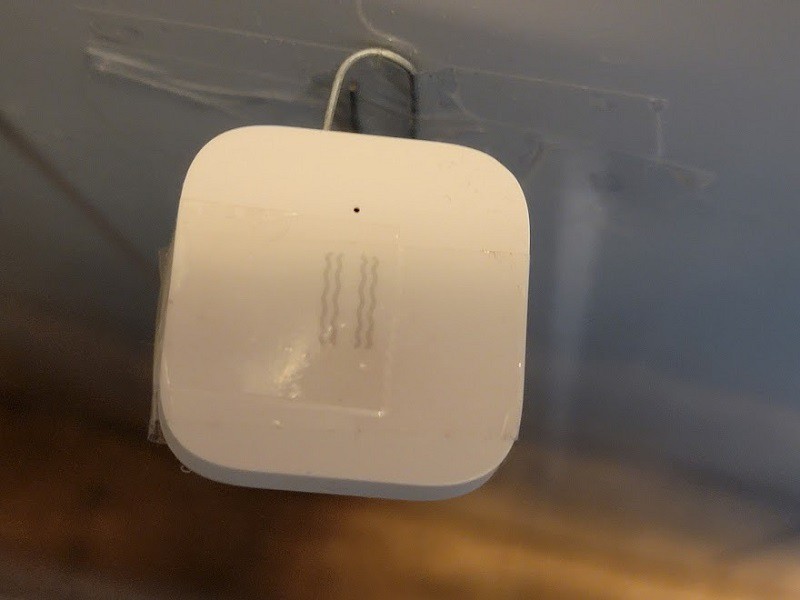Thinking about upgrading your Wi-Fi but not sure if Wi-Fi 6 is really worth it? With all the talk about faster speeds and better performance, it’s easy to wonder if it’s just hype or if it’s a real upgrade over Wi-Fi 5. In this post, we’ll break down the key differences between Wi-Fi 5 and Wi-Fi 6, including speed, range, and how well they handle multiple devices. We’ll also look at how each one performs in real-world situations, like large homes or crowded networks. By the end, you’ll know whether it’s time to upgrade or if your current setup is still good enough.
Is Wi-Fi 6 Really Faster Than Wi-Fi 5?
Wi-Fi 6, also known as 802.11ax, offers improvements over Wi-Fi 5 or 802.11ac in terms of data rates and maximum throughput. Wi-Fi 5 typically supports maximum speeds up to 3.5 Gbps, while Wi-Fi 6 can reach up to 9.6 Gbps under ideal conditions. This increase in potential speed is due to advancements like higher-order modulation and more efficient data encoding. These technical upgrades mean that, in theory, Wi-Fi 6 can handle more data at faster rates compared to Wi-Fi 5.
In real-world situations, network performance can vary depending on factors such as network congestion and the number of devices connected. Wi-Fi 6 is designed to perform better under heavy loads by using techniques like orthogonal frequency-division multiple access (OFDMA) and target wake time (TWT). These features help manage network traffic more efficiently, reducing latency and improving the overall user experience, especially in environments with many connected devices. While the differences may not be noticeable in all scenarios, Wi-Fi 6’s capabilities can provide benefits in busy networks.
Will Wi-Fi 6 Give You Better Coverage?
When comparing Wi-Fi 6 to Wi-Fi 5, one of the main things to consider is the coverage and range. Wi-Fi 6 can reach farther with its signal compared to Wi-Fi 5. This is partly due to its ability to handle interference better. This means that in environments where many devices or obstacles might cause signal disruption, Wi-Fi 6 tends to maintain a stable connection more reliably.
The performance of Wi-Fi 6 and Wi-Fi 5 can vary based on room sizes and building types. For larger rooms or open spaces, Wi-Fi 6 is often more effective at maintaining a strong signal throughout the area. In buildings with multiple walls or floors, such as multi-story homes or offices, Wi-Fi 6 can offer better performance due to its advanced technology that manages signal pathways more efficiently. In contrast, Wi-Fi 5 might struggle more in these settings, leading to potential dead zones or weaker connections.
Wi-Fi Capacity and Overall Network Performance
Wi-Fi 6 is designed to handle more devices on the same network compared to Wi-Fi 5. This is especially helpful in homes or offices with many smart gadgets, phones, tablets, and computers. The technology behind Wi-Fi 6 allows it to manage connections more efficiently, even when many devices are connected at once. This means less interference and smoother operation for everyone using the network.
When it comes to network reliability and data handling, Wi-Fi 6 shows improvements over Wi-Fi 5. It offers better data transfer speeds and more stable connections. This can lead to fewer dropped connections and improved streaming quality. Wi-Fi 6 also provides enhancements in handling data traffic, making it a good choice for environments where consistent and reliable internet access is necessary. These improvements can make a noticeable difference in everyday internet use, particularly in busy households or workplaces.
In Summary
Choosing between Wi-Fi 6 and Wi-Fi 5 depends on your specific needs and environment. Wi-Fi 6 offers faster speeds, better coverage, and improved handling of multiple devices, which can be beneficial in busy networks or larger spaces. If you have a lot of devices or experience connectivity issues, upgrading to Wi-Fi 6 might be worthwhile. On the other hand, if your current setup with Wi-Fi 5 meets your needs without any issues, an upgrade may not be necessary right now. Consider your current and future requirements, and decide which standard will better support your internet usage.




